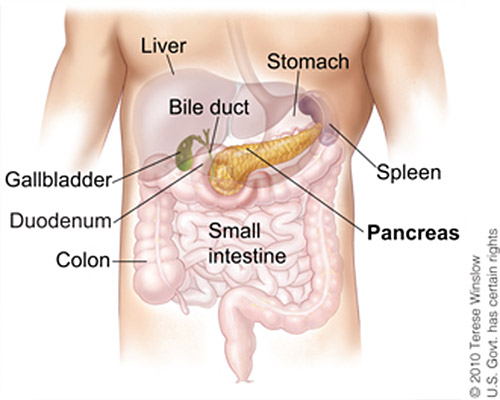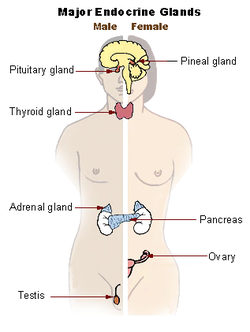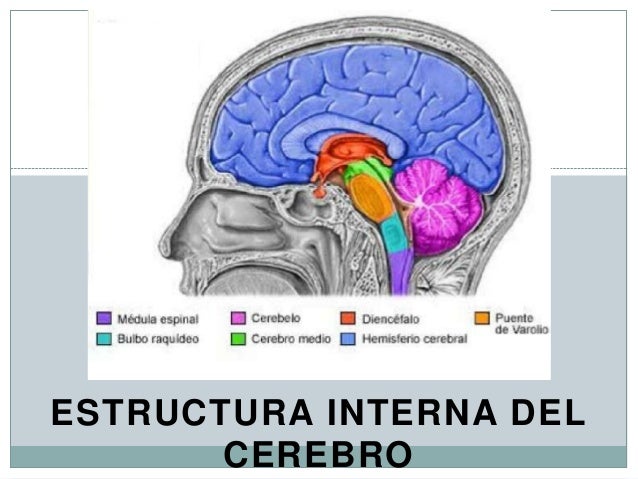REPRODUCTIVE SYSTEM
The reproductive system or genital system is a system of sex organs within an organism which work together for the purpose of sexual reproduction. Many non-living substances such as fluids, hormones, and pheromones are also important accessories to the reproductive system.[1] Unlike most organ systems, the sexes of differentiated species often have significant differences. These differences allow for a combination of genetic material between two individuals, which allows for the possibility of greater geneticfitness of the offspring
The purpose of the organs of the male reproductive system is to perform the following functions:
- To produce, maintain, and transport sperm (the male reproductive cells) and protective fluid (semen)
- To discharge sperm within the female reproductive tract during sex
- To produce and secrete male sex hormones responsible for maintaining the male reproductive system
Unlike the female reproductive system, most of the male reproductive system is located outside of the body. These external structures include the penis, scrotum, and testicles.
- Penis: This is the male organ used in sexual intercourse. It has three parts: the root, which attaches to the wall of the abdomen; the body, or shaft; and the glans, which is the cone-shaped part at the end of the penis. The glans, also called the head of the penis, is covered with a loose layer of skin called foreskin. This skin is sometimes removed in a procedure called circumcision. The opening of the urethra, the tube that transports semen and urine, is at the tip of the penis. The glans of the penis also contains a number of sensitive nerve endings.The body of the penis is cylindrical in shape and consists of three circular shaped chambers. These chambers are made up of special, sponge-like tissue. This tissue contains thousands of large spaces that fill with blood when the man is sexually aroused. As the penis fills with blood, it becomes rigid and erect, which allows for penetration during sexual intercourse. The skin of the penis is loose and elastic to accommodate changes in penis size during an erection.Semen, which contains sperm (reproductive cells), is expelled (ejaculated) through the end of the penis when the man reaches sexual climax (orgasm). When the penis is erect, the flow of urine is blocked from the urethra, allowing only semen to be ejaculated at orgasm.
- Scrotum: This is the loose pouch-like sac of skin that hangs behind and below the penis. It contains the testicles (also called testes), as well as many nerves and blood vessels. The scrotum acts as a "climate control system" for the testes. For normal sperm development, the testes must be at a temperature slightly cooler than body temperature. Special muscles in the wall of the scrotum allow it to contract and relax, moving the testicles closer to the body for warmth or farther away from the body to cool the temperature.
- Testicles (testes): These are oval organs about the size of large olives that lie in the scrotum, secured at either end by a structure called the spermatic cord. Most men have two testes. The testes are responsible for making testosterone, the primary male sex hormone, and for generating sperm. Within the testes are coiled masses of tubes called seminiferous tubules. These tubes are responsible for producing sperm cells.
The female reproductive system is designed to carry out several functions.
- It produces the female egg cells necessary for reproduction, called the ova or oocytes.
- The system is designed to transport the ova to the site of fertilization.
- Conception, the fertilization of an egg by a sperm, normally occurs in the fallopian tubes.
- The next step for the fertilized egg is to implant into the walls of the uterus, beginning the initial stages of pregnancy.
- If fertilization and/or implantation does not take place, the system is designed to menstruate. In addition, the female reproductive system produces female sex hormones that maintain the reproductive cycle.
What Parts Make up the Female Anatomy?
The female reproductive anatomy includes parts inside and outside the body.
The function of the external female reproductive structures (the genitals) is twofold: To enable sperm to enter the body and to protect the internal genital organs from infectious organisms. The main external structures of the female reproductive system include:
- Labia majora: The labia majora enclose and protect the other external reproductive organs. Literally translated as "large lips," the labia majora are relatively large and fleshy, and are comparable to the scrotum in males. The labia majora contain sweat and oil-secreting glands. After puberty, the labia majora are covered with hair.
- Labia minora: Literally translated as "small lips," the labia minora can be very small or up to 2 inches wide. They lie just inside the labia majora, and surround the openings to the vagina (the canal that joins the lower part of the uterus to the outside of the body) and urethra (the tube that carries urine from the bladder to the outside of the body).
- Bartholin's glands: These glands are located beside the vaginal opening and produce a fluid (mucus) secretion.
- Clitoris: The two labia minora meet at the clitoris, a small, sensitive protrusion that is comparable to the penis in males. The clitoris is covered by a fold of skin, called the prepuce, which is similar to the foreskin at the end of the penis. Like the penis, the clitoris is very sensitive to stimulation and can become erect.
/images/library/1213/glandula_pinealis_large_SVY4eneLhU1jUG7tZp5Zw.png)





